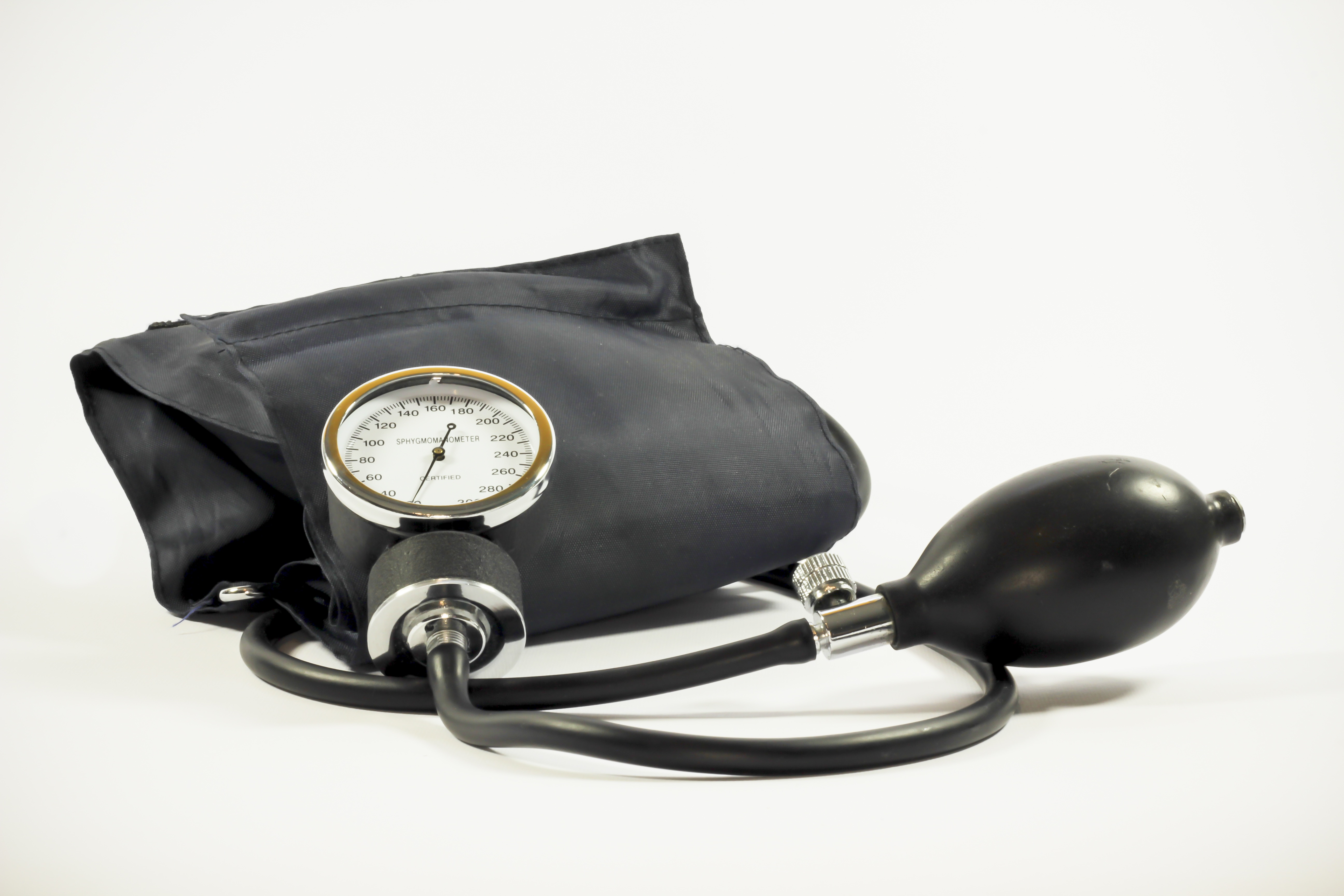Transparency is extremely important to us, so we are letting you know that we may receive a commission on some of links you click on from this page. See our disclaimer.
According to the American Heart Association, “high blood pressure (HBP or hypertension) puts your health and quality of life in danger.”
Among the conditions it can lead to include heart attack, stroke, heart failure, kidney disease or failure, and more.
We have reported on the American College of Cardiology and the American Heart Association’s set of new high blood pressure guidelines that offer a lower definition of hypertension.
The ACC writes: “High blood pressure should be treated earlier with lifestyle changes and in some patients with medication – at 130/80 mm Hg rather than 140/90 – based on new ACC and American Heart Association (AHA) guidelines for the detection, prevention, management and treatment of high blood pressure.”
We've also noted many ways that well-run workplace wellness can help address blood pressure concerns. One: The Johns Hopkins Bloomberg School of Public Health reports on a diet that is “designed to lower blood pressure also reduces risk of kidney disease.”
Blood Pressure Monitoring
But can employees do anything to self-monitor?
A new study, published in the Lancet, identifies benefits through various self-monitoring. The study is titled “Efficacy of self-monitored blood pressure, with or without telemonitoring, for titration of antihypertensive medication): an unmasked randomised controlled trial.”
As the New York Times reports: “The most effective way to monitor blood pressure may be to do it yourself.”
The authors conclude: “This trial has shown that the use of self-monitoring of blood pressure in primary care to titrate antihypertensive therapy for the management of individuals with poorly controlled hypertension in primary care results in lower systolic blood pressure without increasing GP workload. After 1 year, patients whose medication was adjusted using self-monitoring, with or without telemonitoring, had significantly lower systolic blood pressure than those receiving treatment adjusted using clinic blood pressure. There was no evidence of a differential effect in the subgroups examined, including importantly no difference by age.”
The British based study adds:
- “Self-monitoring is now commonplace in the UK and elsewhere and practised by at least 30% of people with hypertension.”
- “A recent survey of primary-care physicians suggested that many are already taking advantage of self-monitored blood pressure results in a proportion of their patients and the current work provides evidence to underpin and expand this.”
- “Participants in both the self-monitoring and telemonitoring groups reported equivalent quality of life compared with usual care and no increase in consultation rates.”
- “The success in controlling blood pressure from the use of self-monitoring to titrate antihypertensives, and a lack of adverse events, suggests that the technology is now ripe for wider implementation in daily practice and in national and international guidance.”




0 Comments